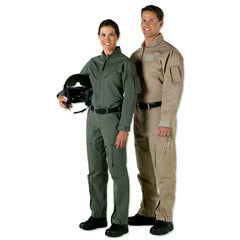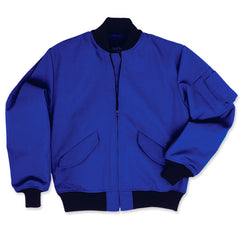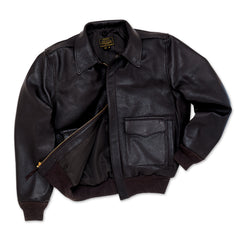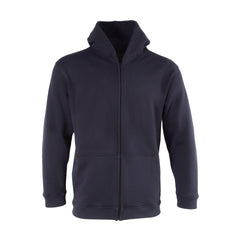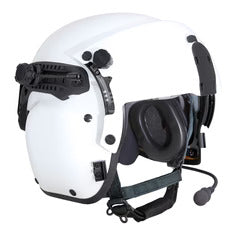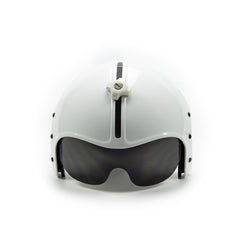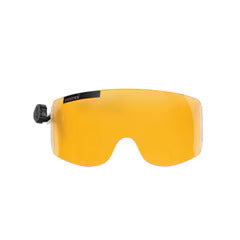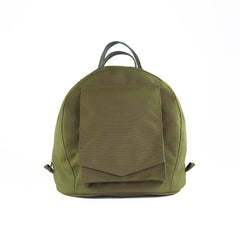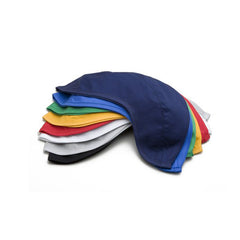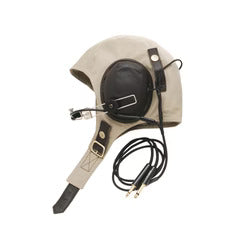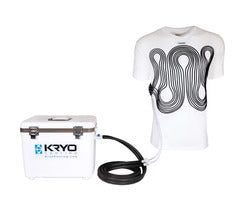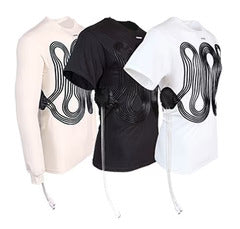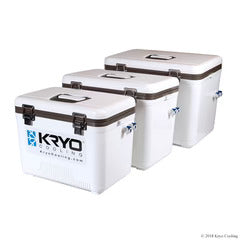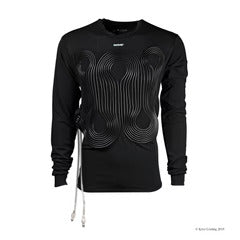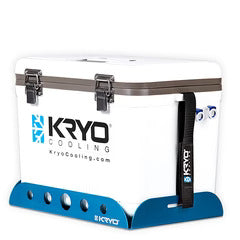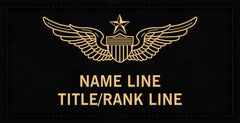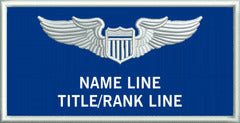The Navy's combat aces all wore the famous G-1 jacket or one of its ancestors, the M-422 or AN-J-3a. Lieutenant Edward "Butch" O'Hare became the Navy's first ace and won the Medal of Honor when he shot down five enemy planes in one flight. Marine Lieutenant John Bolt became an ace with VMF-214 when he shot down six Japanese planes over the Solomons and six more Soviet MiGs in Korea. Lieutenant "Duke" Cunningham became America's first Vietnam ace when he shot down five MiGs, including three in one swirling engagement over the North.
The G-1 is an official Navy uniform item, but Naval Aviators can't resist wearing it with their civilian clothes. Civilians love the jacket too, but they've told us they want side entry pockets to keep their hands warm. So, we added welt hand-warmer pockets right behind the Military Specification button-down pockets, and now our Civil G-1 is as perfect as a flight jacket can be.
Gibson & Barnes makes its Civil G-1 from the same grade-A, lightly pigmented, goatskins as the Navy G-1. We use the same genuine mouton collar, the same rib knit cuffs and waistband, the same heavy brass zipper, and the same comfortable lining.
The Civil G-1 has a bi-swing action back in both the leather and lining to give you complete lateral movement and a double gusset under each arm for greater vertical reach. Button pockets provide lots of room for your gear while the welt pockets keep your hands warm. The inside map pocket is a secure place for your charts and gear. There's even a welted pencil slot under the left pocket flap.
A leather storm flap under zipper keeps out the wind. And we've punched it with the same "USN" as the Navy G-1. You can even turn up the mouton collar and button the throat latch to keep out the cold.

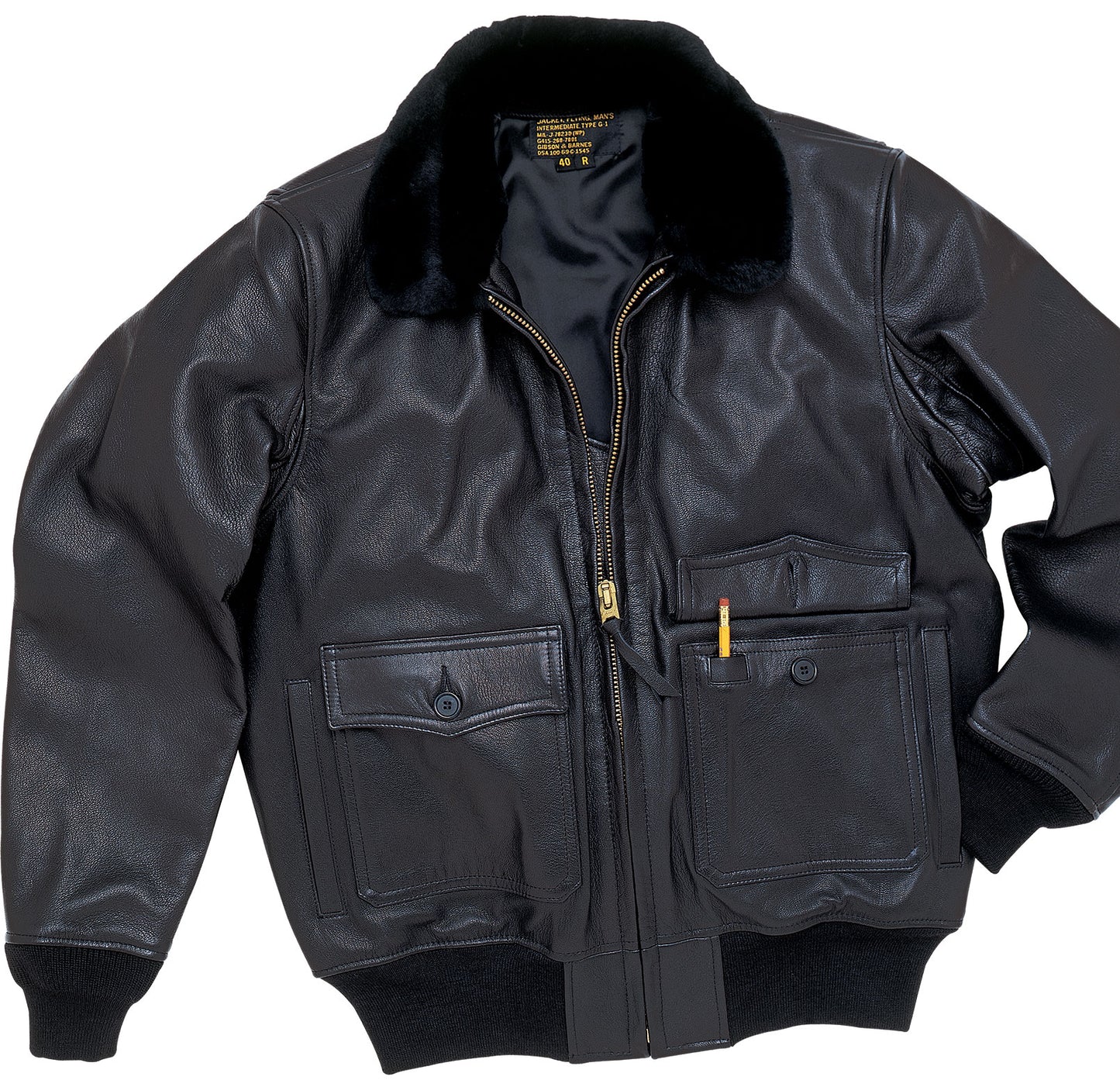
Didn’t find what you were looking for?
Let us help you!


